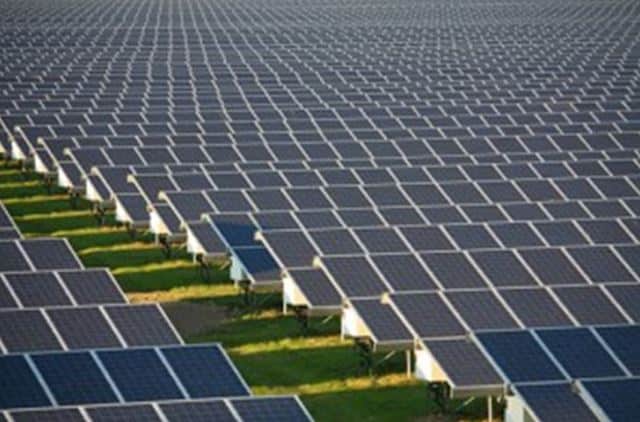Balancing the Needs of PV Customers with Utilities
Solar contractors and solar customers often find themselves on the adversarial side of utilities when interconnecting PV systems to the electrical grid. Most of the time this is due to a lack of seeing the other’s side and/or understanding of the other’s position.
Let’s first look at the utility’s position regarding PV systems. Many utilities offer incentives or encourage their residential customers to have PV systems installed on their properties. The reason for this is almost always for the purpose of appeasing the wishes of their customers. This an effort of goodwill because they know that electrical customers like the idea of energy coming from a clean renewable source and most of them also like the idea of owning their own energy. The benefit to the utility is not financial unless the PV system energy reduces load demand during periods when the cost to generate that power from other sources is high.
With residential customers, those periods are mostly in the afternoon and evening and then again in the morning as the sun starts to rise. This being the case, the PV systems with smart energy storage are the only systems that could financially benefit the utility as well as the owner of the system. They store the energy produced during the middle of the day and then feed it into the home and grid during the peak load periods.
With commercial customers the situation is different. The peak load period may be during the normal business hors of the day or 24 hours a day. These customers with PV systems may be shaving loads throughout the day or they may need to shift loads to a time of day other than the solar hours of the day. For the utility to benefit financially, a load demand study must be made for the specific customer. These customers with PV systems will also need energy storage for load shifting, peak load demand reduction and to provide consistent load support during climatic events that vary frequently during the day. The truth is that PV systems without smart energy storage do not save the utility money.
The exception to this would be with smart inverter technology that is controlled by the utility. California and Hawaii are both working through this process and it will become a more universal option in the very near future. However, these smart inverters and smart energy storage systems don’t address another issue for the utility. They understand how to regulate and shift energy supply with the energy sources they now have, the difficult task is how do they do this with customer-based power systems; the customer has far too much independence for their comfort. Customers would need to become liable to the utility for failure problems or let the utility have operational control of the system performance and operation.
Now let’s look at the customer’s position. The customer doesn’t have a choice when shopping for a utility; moving to another location is the only option if you don’t like the utility in your area. This is often a source of discontent for the customer. Customers depend heavily on electrical power for almost every appliance in the home and business. Natural gas, propane and fuel oil for heat are the exceptions.
Electricity seems expensive because we use so much of it; in fact, it is pretty cheap. In order to generate all your own electrical energy on-site, the cost will be excessive. In order to meet the cost per kWh from the utility, the PV system cost needs to be amortized over a 25-year period. Most residential customers do not appreciate how difficult it is to provide constant electrical power and how reasonable the price actually is. Commercial customers are more aware of this yet they would still like to be more independent for the utility if it is possible.
An important factor to both residential and commercial PV system customers is the return on investment. The customer wants the highest price for the kWh generated from their PV energy and they feel justified because they are generating clean energy and contributing to the reduction of conventional fuel sources with known hazards to our environment. This actually makes sense when looking long range. If the utility can absorb some of the cost of integrating PV energy into the grid, the industry will continue to grow and reduce initial coasts and therefore operating cost. Eventually the cost of PV systems with smart energy storage will be cheaper than any other energy source. It is rational to expect a public utility or a customer owned utility to invest in solar for the future by offering premium rates for the solar kWh. The problem with this position is that the rate to the customer will need to decrease over time with greater solar penetration, otherwise the investment from the utility will not have a positive return and the cost of electricity will have to go up. This is a difficult point to make to customers; someone needs to educate the electrical customer on how this will work to their advantage. The salesman for the solar contractor is unlikely do it and the customer will be much less likely to trust that information coming from the utility itself.
Effective open communication between the solar customer, the solar contractor and the electric utility is essential. Avoid adversarial positions and look for positions that benefits each entity.
Kelly Provence
Solairgen School of Solar Technology

